- 《LIFE+》Magazine
- 《LIFE+》Magazine Issue List
- Summer 2024 Issue
- Step Back in Time in Sham Shui Po
-
content 2
-
content 2
-
content 2
-
Step Back in Time in Sham Shui Po
18 July 2024Immerse yourself in the rich history of Sham Shui Po, which takes its name from Deep Water Pier and Deep Water Aquatic Weed once found there. Dubbed “a place of grassroots culture,” it offers a unique adventure for locals and visitors alike. When you take a stroll through Sham Shui Po, you’ll feel like you’re traversing a time tunnel, witnessing traces of history from the Eastern Han Dynasty to the last century, as if time there has stood still.
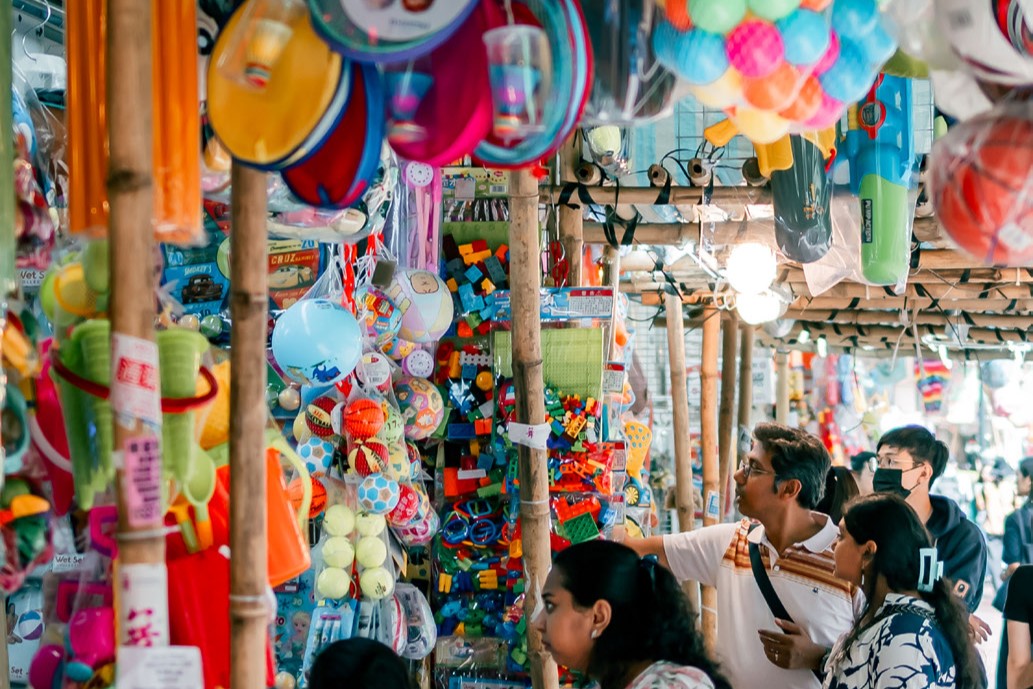
A 2,000-year-old relic
Step into the Lei Cheng Uk Han Tomb Museum on Tonkin Street, a brick tomb dating back to the Eastern Han Dynasty (25-220 AD). This extraordinary historical site, unearthed during the construction of the Lei Cheng Uk Estate in 1955, is now a declared monument. The Tomb is nestled beside a museum hall and the Han Garden, a tranquil oasis with pavilions, rock sculptures, and flowing water, transporting you back to a bygone era.
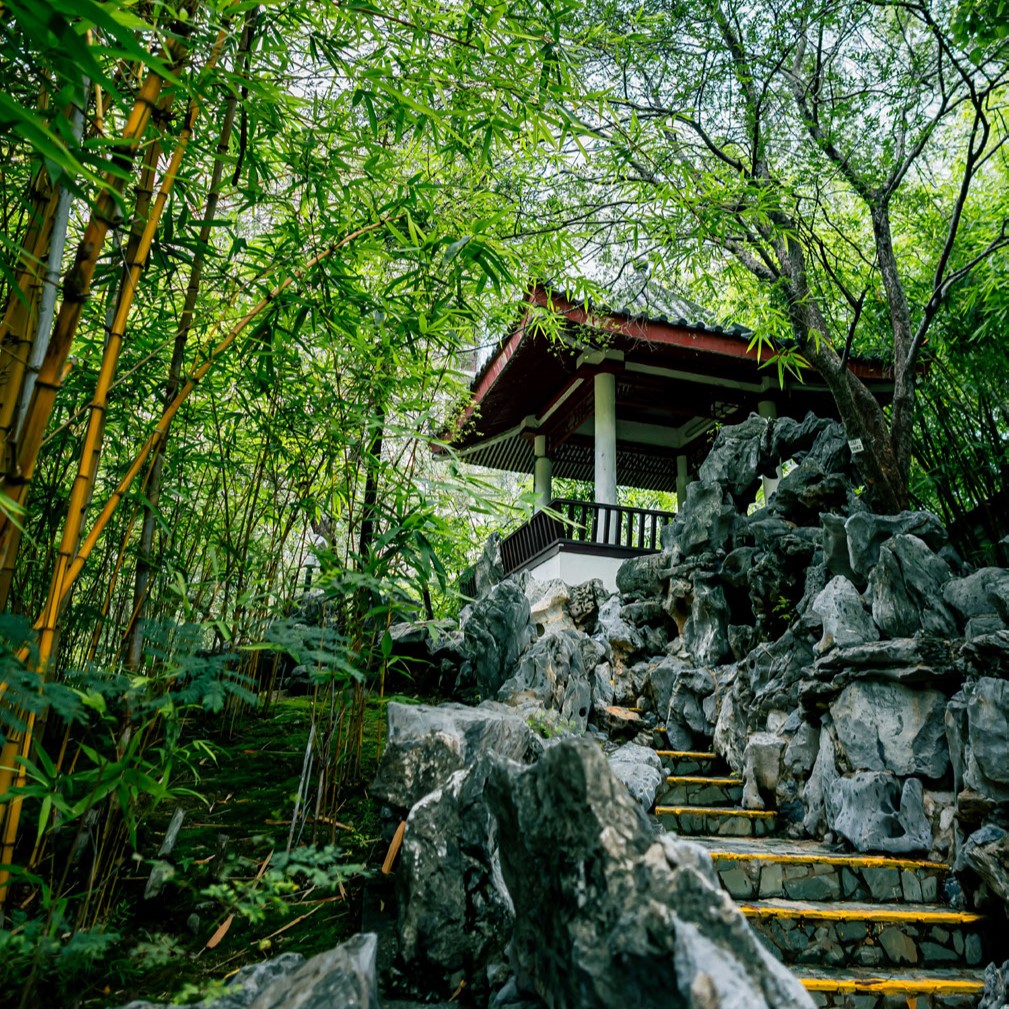
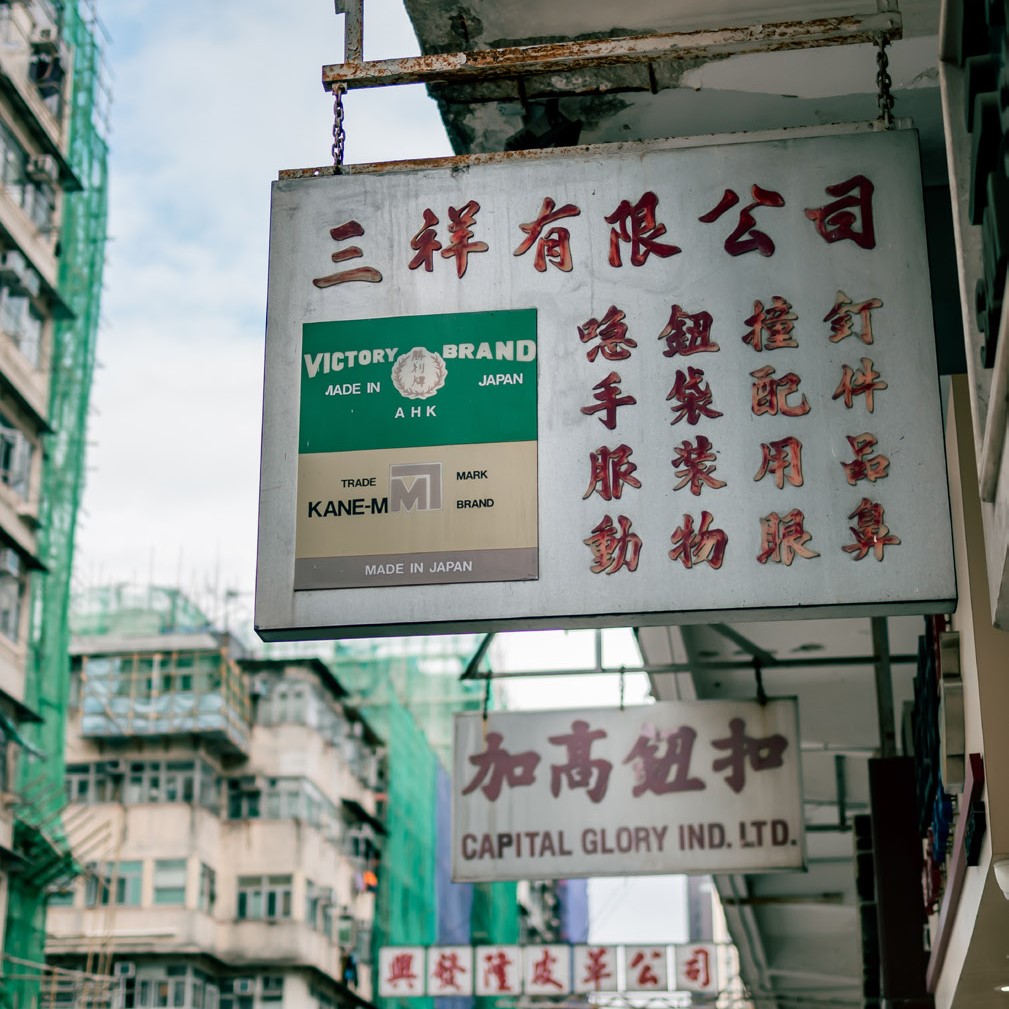
Trace of the textile industry
From the 1970s to the 1980s, Sham Shui Po was the epicentre of Hong Kong’s textile and garment industry, boasting Southeast Asia’s largest fabric manufacturing market. While the area is no longer an industrial hub, the fashion spirit still thrives. You can go on a treasure hunt around the charming streets, such as Yu Chau Street (known as “Bead Street”), Ki Lung Street (“Button Street”), Tai Nan Street (“Leather Street”), Nam Cheong Street (“Lace Street”), and Cheung Sha Wan Road (“Fashion Street”).
Photo op outside a vintage police station
Sham Shui Po Police Station, a Grade II historic building, stands proudly at the junction of Lai Chi Kok Road and Yen Chow Street. This architectural gem, built in 1925, blends neo-classical and Chinese styles, with a pagoda-style tiled roof, Shanghai plaster façade, and arched colonnades striking a harmonious blend of East and West. The second oldest police station still operating in Hong Kong, it is also a popular spot for photo opportunities. The building has certainly witnessed Hong Kong’s tumultuous past: it had become the Japanese military headquarters during the war, then served as the police headquarters for Kowloon West and Tsuen Wan until 1978.
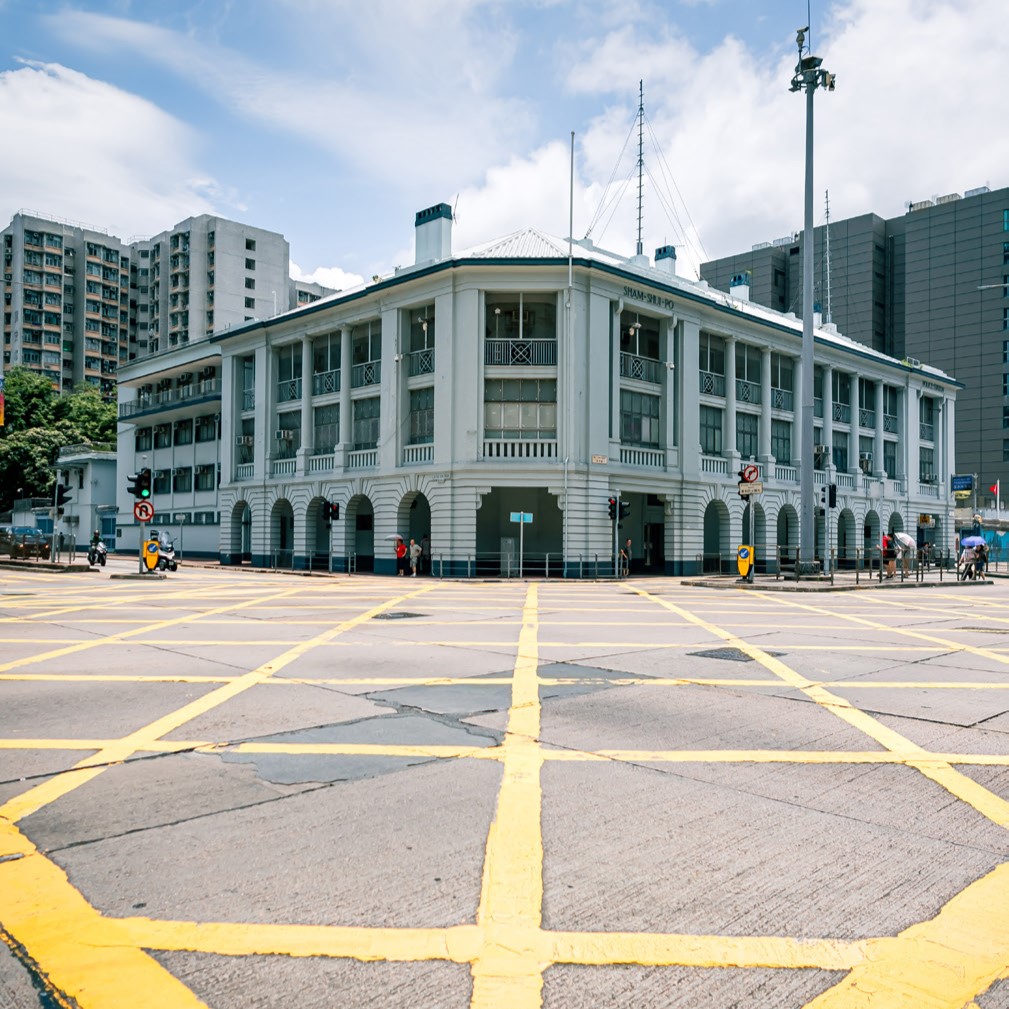
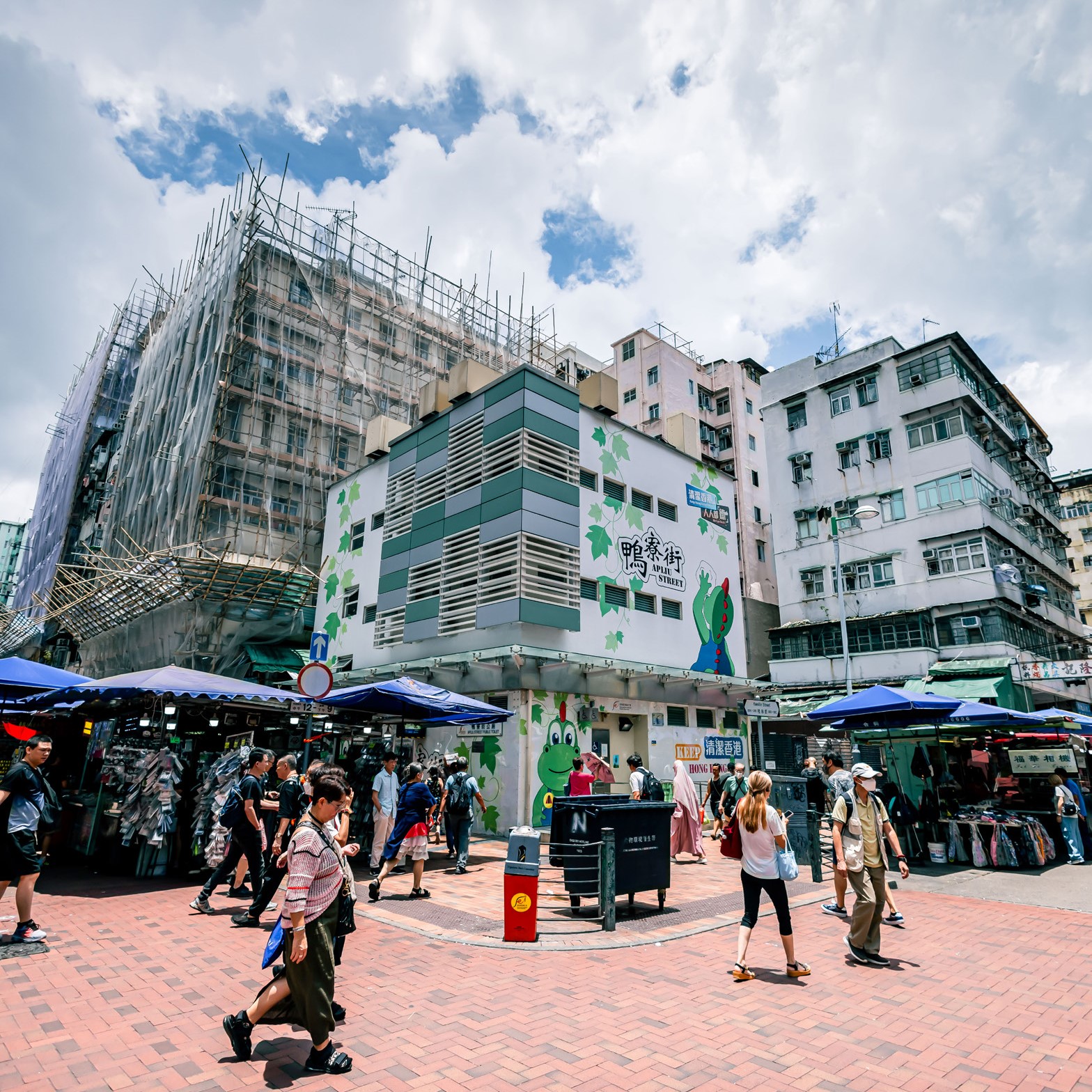
Retro revival in Apliu Street
Apliu (“duck sheds”) Street, a haven in times gone by for duck farms and coops, has become a thriving hub for electronic components and parts since the 1980s. An open-air market selling computers, electronics, telecommunications gear, audio equipment and cameras, it also offers a treasure trove of vintage and second-hand goods such as cameras, Walkman players, retro video game consoles and vinyl records, connecting visitors to the fashionable beats of the past.
The human touch that shaped Hong Kong’s past
Step into Mei Ho House in nearby Shek Kip Mei Estate and be transported back to the Hong Kong of the 1950s. This H-shaped six-storey public housing building, one of the earliest surviving resettlement blocks in Hong Kong, is now a Grade II historic building. It was revitalised in 2013 into a youth hostel and living museum, showcasing the area’s history and the daily lives of the public housing dwellers seven decades ago, as well as the resilience, vitality and human touch shared by Hong Kong people in those difficult times.
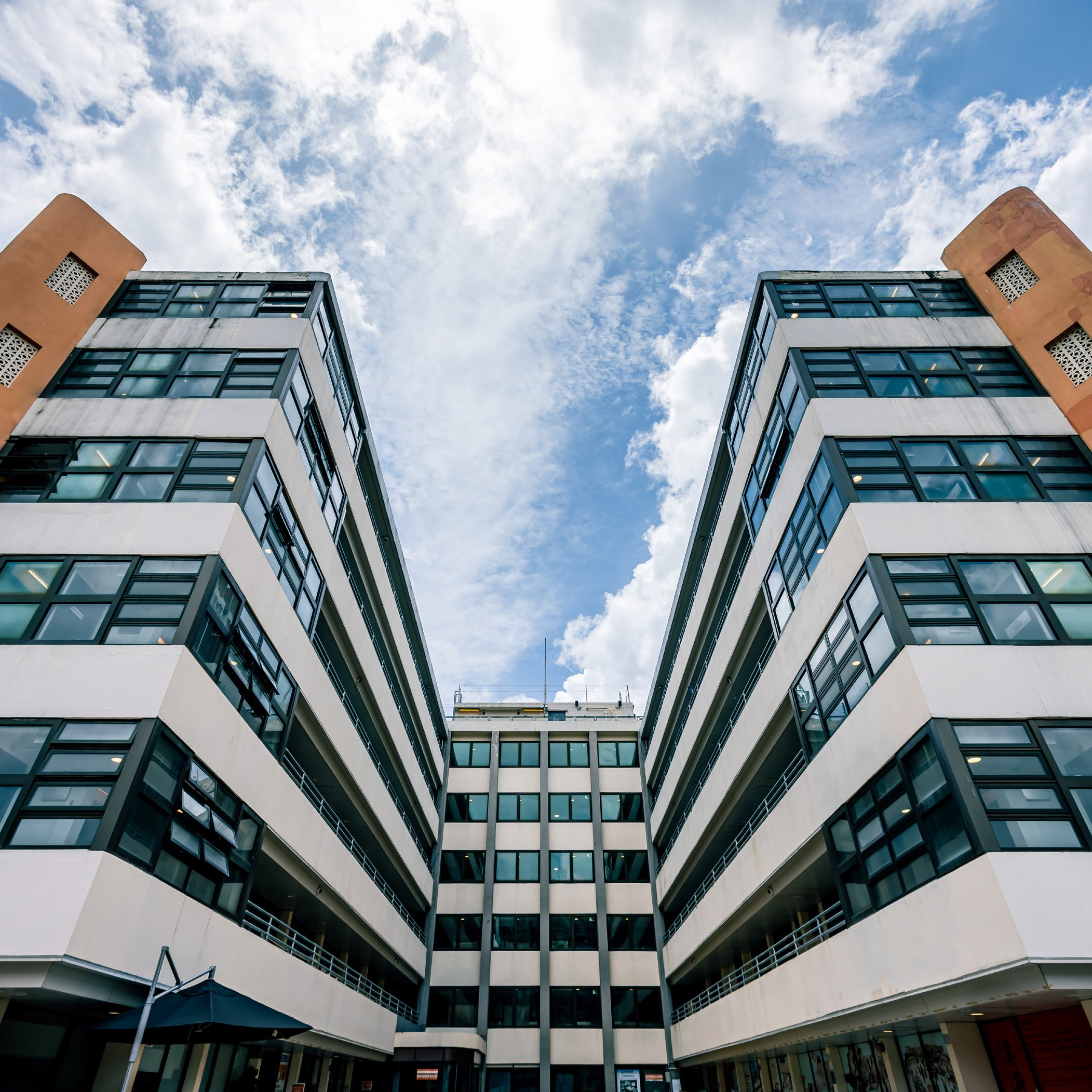
-
content 2
-
content 2
-
content 2
-
content 2
-
content 2
-
content 2
-
content 2
-
content 2
-
content 2
-
content 2
Page0of0